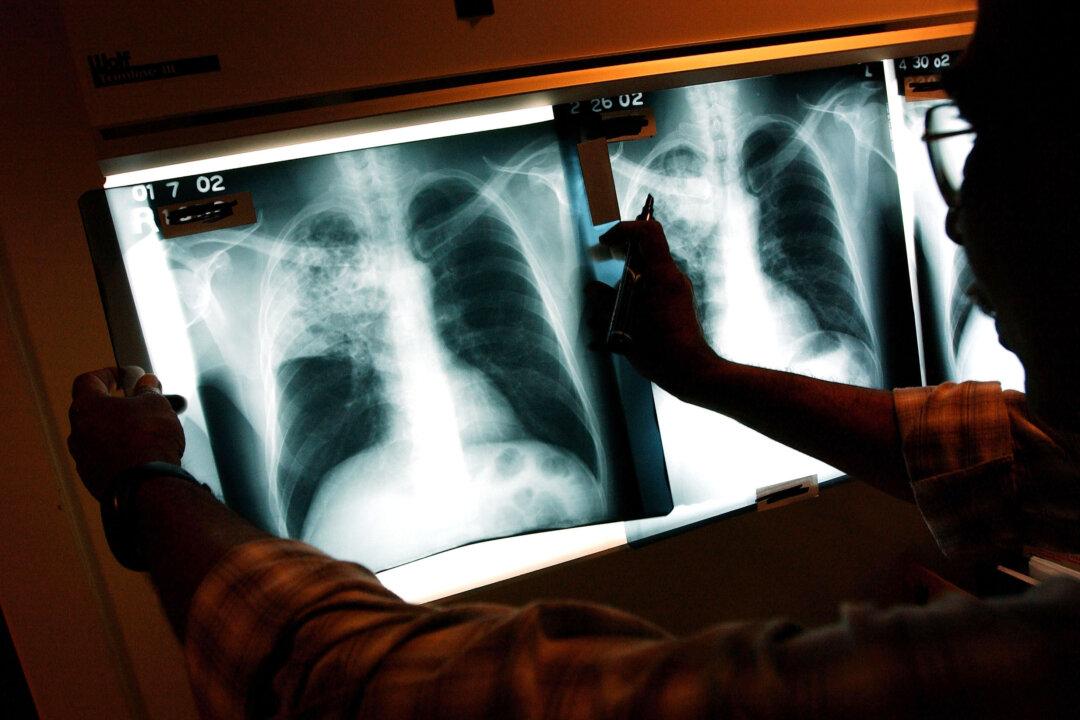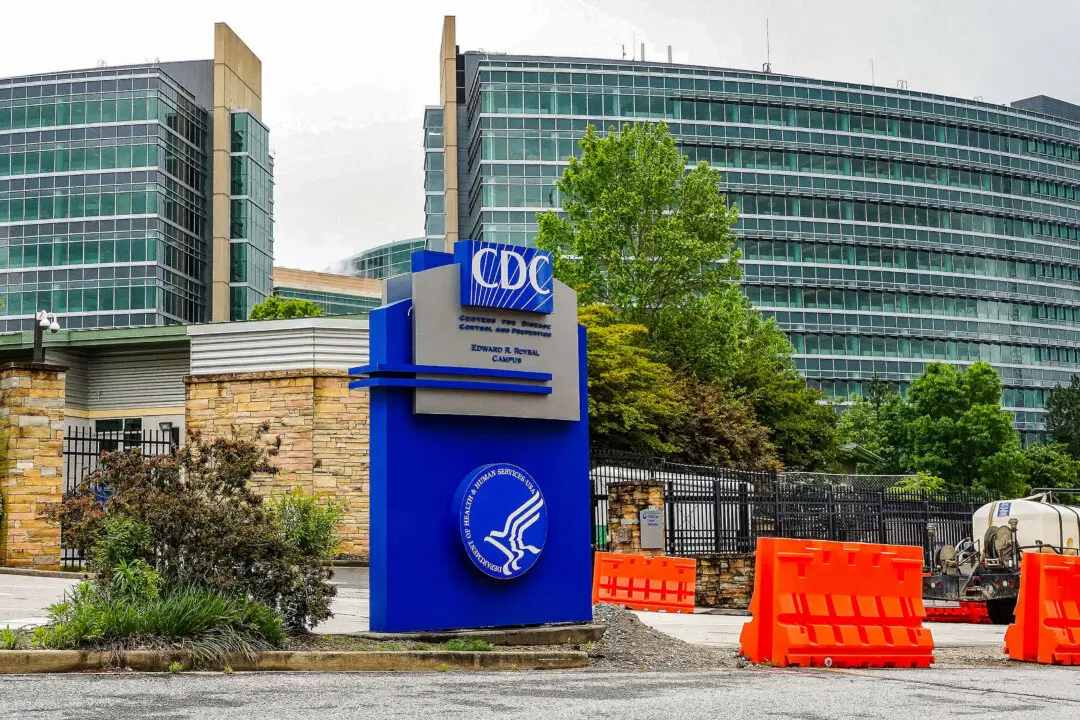Authorities in a California declared a health emergency last week due to an outbreak of tuberculosis in Long Beach after it left at least one dead and more than a dozen infected.
The Long Beach city health officer issued the declaration on May 2 to increase resources for tracking, screening, and treating people who have been exposed in the outbreak linked to a hotel, the city health department said in a news release.






